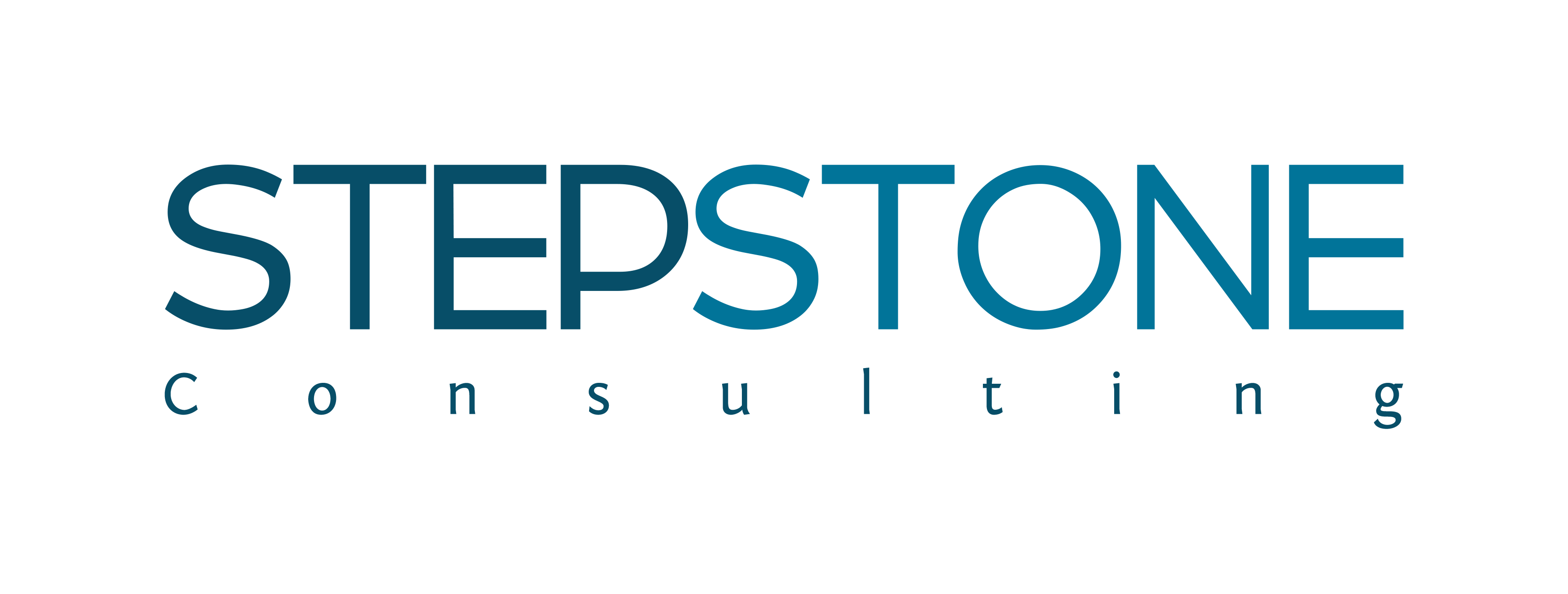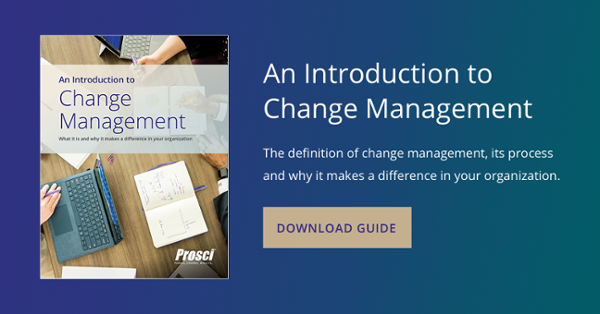Why do we put such emphasis on change management? The reason is clear. If you want to make sure that changes deliver the results and outcomes that you expect, we need to address the people side of change.
A good technical solution is often not enough in itself to deliver the benefits you expect. The link that unites a good solution and ultimate results is the extent to which employees or users adopt and use it proficiently. Change management is the discipline that focuses on delivering business results through successful adoption and usage.
We can see change management play out at different levels of an organisation. These are:
- The Enterprise Level - as an organisational capability and competency
- The Project Level - as a benefits realisation and value creation measure applied to particular initiatives
- The Individual Level - as an approach for enabling one person to change successfully
On all of these levels, there is a specific focus and purpose. Let's take these in reverse order.
Firstly, at the Individual Level we are aiming to effectively design the change experience so that an employee impacted by the change embraces, adopts and uses it as intended. Secondly, effective change management at the Project Level helps to mitigate people side risk and ensure that the expected project benefits are delivered. Lastly, the focus at the Enterprise Level is to institutionalise change management across the organisation and develop an organisational capability. As a result, the organisation enhances its change agility, resilience and durability. In the face of an increasing volume and velocity of change, organisations need change management at each level.
Change management at the Enterprise Level
At the Enterprise level, it is all about building organisational capabilities and competencies to bring about the many changes being introduced in the organisation at any one time. As the organisation's approach is embedded more widely, and its change management maturity improves, the likelihood of success on its projects increases.
Three dimensions of Enterprise Change Management
At the Enterprise Level, we can observe three clear dimensions:
- Adoption and use of change management processes and tools is widespread and they are consistently applied across projects
- The individual competencies key to leading change are present at all levels of the organisation
- Change management has become a strategic capability/core competency and is key to its sustained success
Implementing change management at the Enterprise Level requires that essential competencies must be strategically and intentionally nurtured. It also goes beyond change management being applied in isolated pockets or corners of the organisation. Instead, we see change management deployed throughout the organisation. The organisation is developing new habits and applying good change management on a project becomes expected, not a once-off. People, no matter what level they are in your organisation, know and embrace their roles in implementing change. The capability and capacity of the organisation to change efficiently starts to differentiate it from its peers.
Our 1-day Prosci ECM Boot Camp gives you the tools and direction that you need to design an approach that fits your organisation's needs while still being structured and holistic.

The common building blocks of Enterprise Change Management
At Enterprise Level, change management can appear in many different ways. While there is no “one size fits all” approach for Enterprise Level change management, we can learn from patterns emerging from pioneering organisations.
- Standardisation: A single, standardised organisational approach for change management is adopted
- Structure: A supporting structure which might include a Change Management Office (CMO), an integrated PMO/CMO, a Community of Practice or a Centre of Excellenceis present
- Curricula: Tailored and targeted role-based curricula to develop change management competencies are implemented
- Toolkit: A common, scalable set of tools is readily available to change management practitioners
- Project Initiation: Embedded triggers for applying change management within the project initiation process ensure consideration from the start of the project lifecycle
- Single Holistic Approach: Project management and change management are integrated resulting in a single overarching plan and synergies across PM and CM resources
- Awareness: The value and significance of change management is appreciated throughout the organisation
Where do we start?
There are many lessons to be learned based on years of research into change management best practices, and how innovators in Enterprise Level change management have approached the journey. Just three are:
- Treat the journey to Enterprise Level capability as a project and a change in its own right.
- Deploy change management on a small number of carefully selected 'demonstration projects' to prove change management's value to the organisation
- Build support among key stakeholders and ensure the necessary sponsorship is in place or building
To understand where you are now and where you would like to be, we use the Prosci Change Management Maturity Model™️ Audit to help you measure your organisation's current change management maturity and define your desired future state.

Written By Angelo McNeive
Angelo McNeive is Co-founder and Head of Change Practice for STEPSTONE Consulting. He helps organisations become more human places to work by developing their enterprise change and project management capabilities. Angelo is a Chartered Psychologist in Ireland and a Chartered Fellow of the CIPD.


